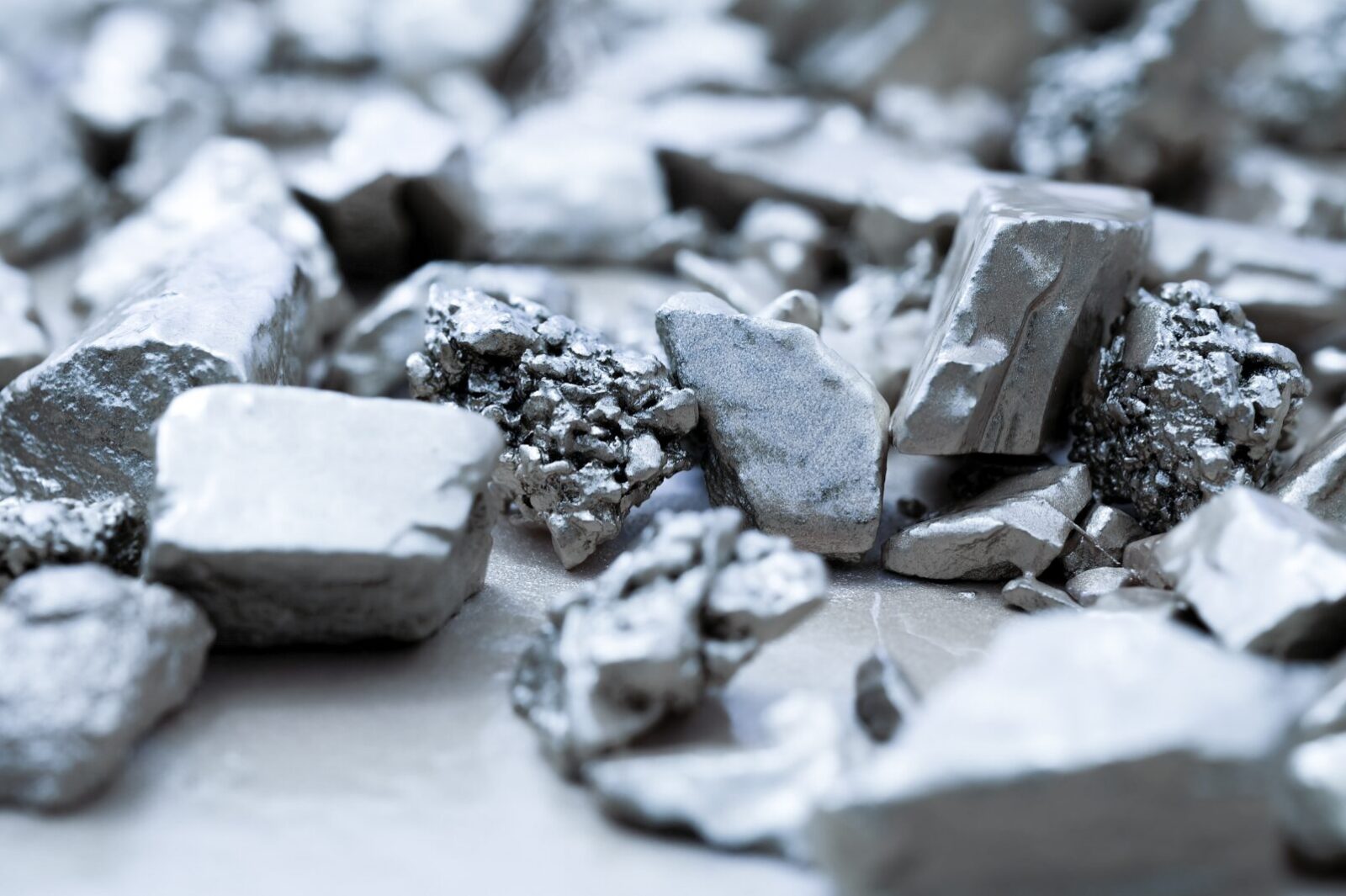
From smartphones to wind turbines, critical materials power our lives. But what are they, and what makes them so critical?
Consumers may recognize certain critical materials from their everyday lives. For example, many people associate lithium with its use in electric cars and consumer electronic batteries. While consumers generally know what devices critical materials go into, they tend to be less aware of the source of these materials.
We can’t create materials like lithium by artificial means. We can only mine them. Critical materials are also not evenly distributed across the planet. For many critical minerals and compounds, just a few mining operations in a handful of countries serve the entire global economy.
As these materials play an increasingly vital role in the clean energy economy and national security of the United States, it’s become of great importance to understand their supply chains. Because many materials can only come from a few places, those supply chains are subject to serious geopolitical and economic risks.
Assessing which materials are both critical for energy technology and vulnerable to supply chain disruptions helps inform our national strategy for maintaining energy security, keeping industries on track to decarbonize and deploy clean energy solutions.
What are critical materials?
In 2023, the United States Department of Energy released its final list of critical materials for energy through 2035. These indispensable minerals and other compounds each serve an essential function in energy technologies and have a high risk of supply chain disruption. Materials included on the final list include aluminum, cobalt, copper, fluorine, iridium, lithium, magnesium, nickel, platinum, silicon, and silicon carbide.
The list aligns with the national push towards clean energy. Clean energy technology is required for the decarbonization measures needed to limit global warming to 1.5 degrees Celsius, as set forth in the Paris Agreement in 2015. Critical materials are thus of prime economic and national importance to develop the economy and mitigate the effects of climate change.
Numerous technologies that power modern life rely on critical materials. Consumer electronics, electric vehicles, and uninterrupted power supply (UPS) devices all rely on lithium-ion batteries. Electric vehicle manufacturers also include between 6 and 12 kilograms of cobalt in each NMC electric vehicle battery. We’re increasingly mining rare earths to use as magnets in electric vehicles and wind turbines.
It’s important to note that critical materials lists aren’t static. Because they’re tied to emerging technologies, we should expect the materials contained in these lists to change over time. The DOE’s 2023 list is a good prediction for what materials will be critical for energy over the next 11 years. But as with all predictions, the DOE will need to revise it periodically.
Critical materials lists
The Department of Energy’s list isn’t the only influential list of critical materials. Distinct geopolitical and economic factors will cause countries and organizations to have different critical materials lists.
The U.S. Geological Survey maintains its own list, updated in 2022, of 50 critical minerals. The list of mineral commodities critical to U.S. economic and national security is based on a multi-agency assessment as well as a review of more than 1,000 comments from the public, local and state officials, and other stakeholders.
The European Commission’s current list of critical raw materials, by comparison, contains 34 elements and other compounds that face structural vulnerabilities in their supply chains.
All material and mineral lists recognize that for many resources, one or a few countries tend to dominate mining. For instance, China’s rare earth mining accounts for about 60% of all global output and 85–90% of processed rare earths and magnet output. Cobalt mining takes place primarily in the Democratic Republic of Congo, and about 80% of processing happens in China. The E.U. notes that Turkey provides nearly all of its supply of boron, while South Africa provides 71% of its platinum and an even higher share of platinum group metals.
This kind of concentrated production creates risks. Anything from a natural disaster to a major diplomatic incident to full-out war in the source country could leave import-dependent countries exposed.
Critical mineral recycling
One way to reduce a country’s reliance on imports for critical minerals is recycling. Many countries already recycle some critical minerals. Platinum group metals have a recycling rate of 60% globally. Nickel, silver, and copper have a global recycling rate of more than 40%. Some countries recycle aluminum at a rate of over 90%.
Recycling is no panacea, though. For recycling to be a significant source of critical minerals in a marketplace, there needs to be sufficient volume in the system. Lithium recycling from electric cars, for example, has yet to make meaningful progress because most vehicles haven’t reached their end of life.
Demand for minerals like lithium is also skyrocketing. It would take many decades for a robust secondary lithium market to form, given current demand growth.
Additionally, there are major technical obstacles to overcome for large-scale lithium recycling to be feasible. The full lithium-ion battery recycling process requires several intermediate recycling technologies. Recyclers must dismantle spent batteries and perform several physical, chemical, hydrometallurgical, and pyrometallurgical steps to recover valuable materials with high purity. Each of these steps is energy-intense and has its own underlying challenges.
These challenges mean that countries cannot yet rely on lithium-ion recycling to meaningfully contribute to larger energy security goals.
Geopolitical concerns about critical minerals
More than any specific country’s politics, energy markets face inherent risks when a single country dominates critical mineral markets. Diversification is an important risk-hedging strategy in practically all supply chains, including those touching critical mineral markets.
China is a leading player in the clean energy economy and present on virtually all critical minerals lists, responsible for about 60% of the world’s critical mineral production and 85% of processing. The country also has a near-monopoly on lithium, germanium, and cobalt.
Geopolitical developments such as trade disputes could cause major supply chain issues, leading to shortages of critical minerals and the essential technologies that depend on them for the U.S., Europe, and their allies.
The Alsym alternative
At Alsym, we’ve developed the next generation of battery technology that bypasses the inherent fragility of critical material supply chains, as well as the performance and safety issues associated with lithium-ion batteries.
We believe the best way to manage the geopolitical risks associated with lithium mining is to avoid lithium altogether. Our high-performance battery technology uses only globally abundant, readily accessible materials.
This approach allows for more robust, diverse battery supply chains. It also minimizes the environmental impact associated with extracting, processing, and transporting critical minerals, and enables a more streamlined, simplified recycling process.
As clean energy advocates, we’re committed to creating a path to decarbonization that also maintains energy security.
Critical materials: Challenges and solutions
We should all expect to hear a lot more about critical materials as the race for clean energy continues to ramp up. As matters of economic and national security, critical materials will increasingly drive geopolitical decision-making. Innovative solutions that diversify supply chains and reduce our reliance on critical materials will be a key component to ensuring energy security. With developments like non-lithium energy storage technology from Alsym, more responsible use of critical materials is moving within grasp.




